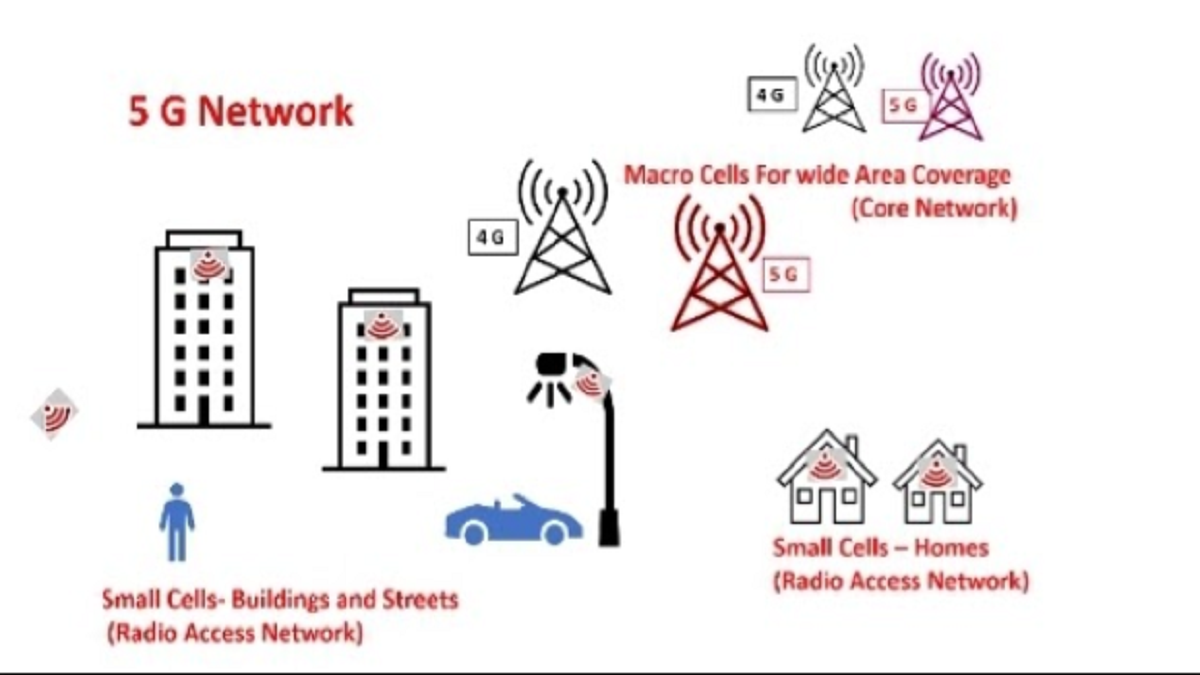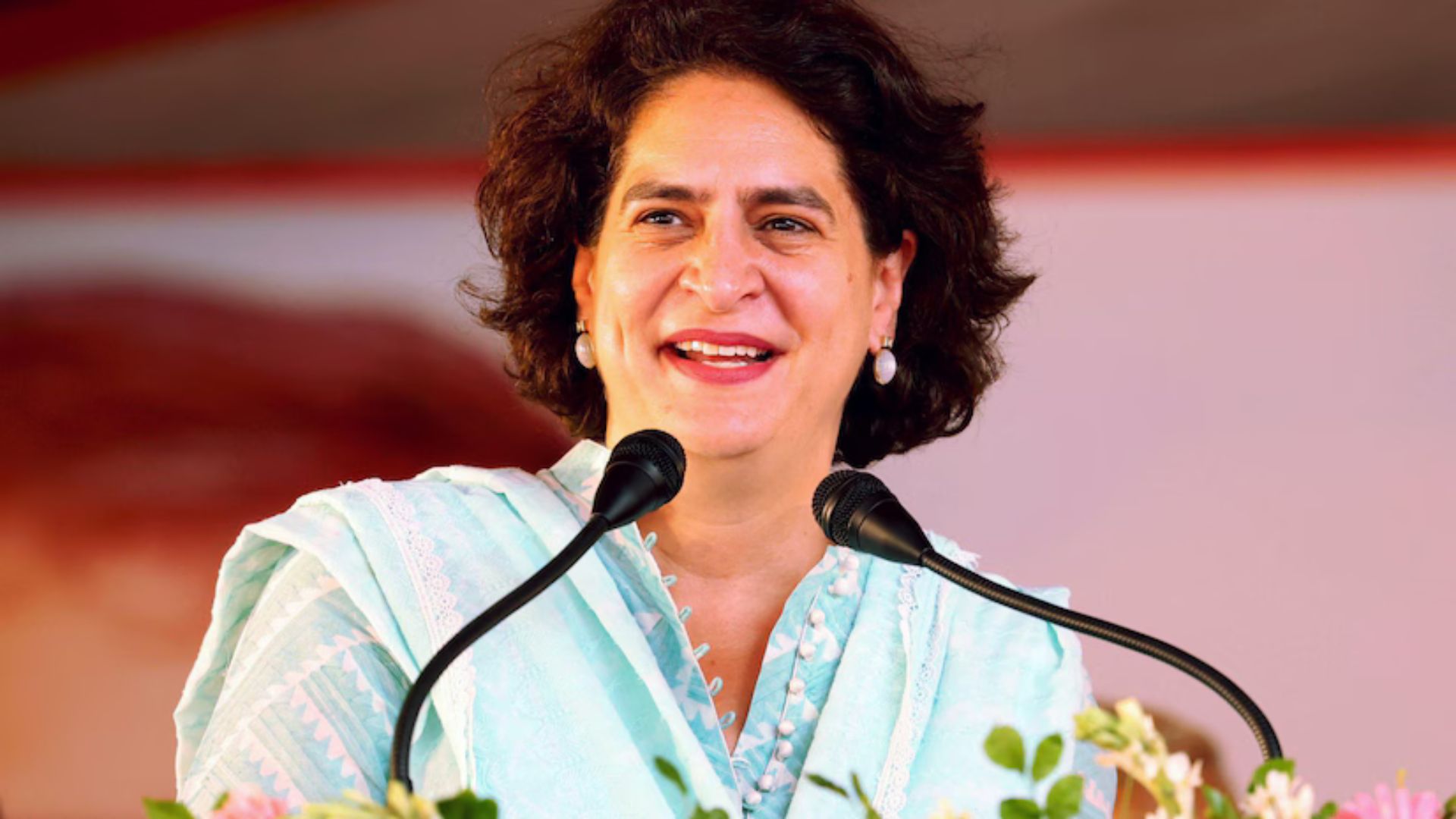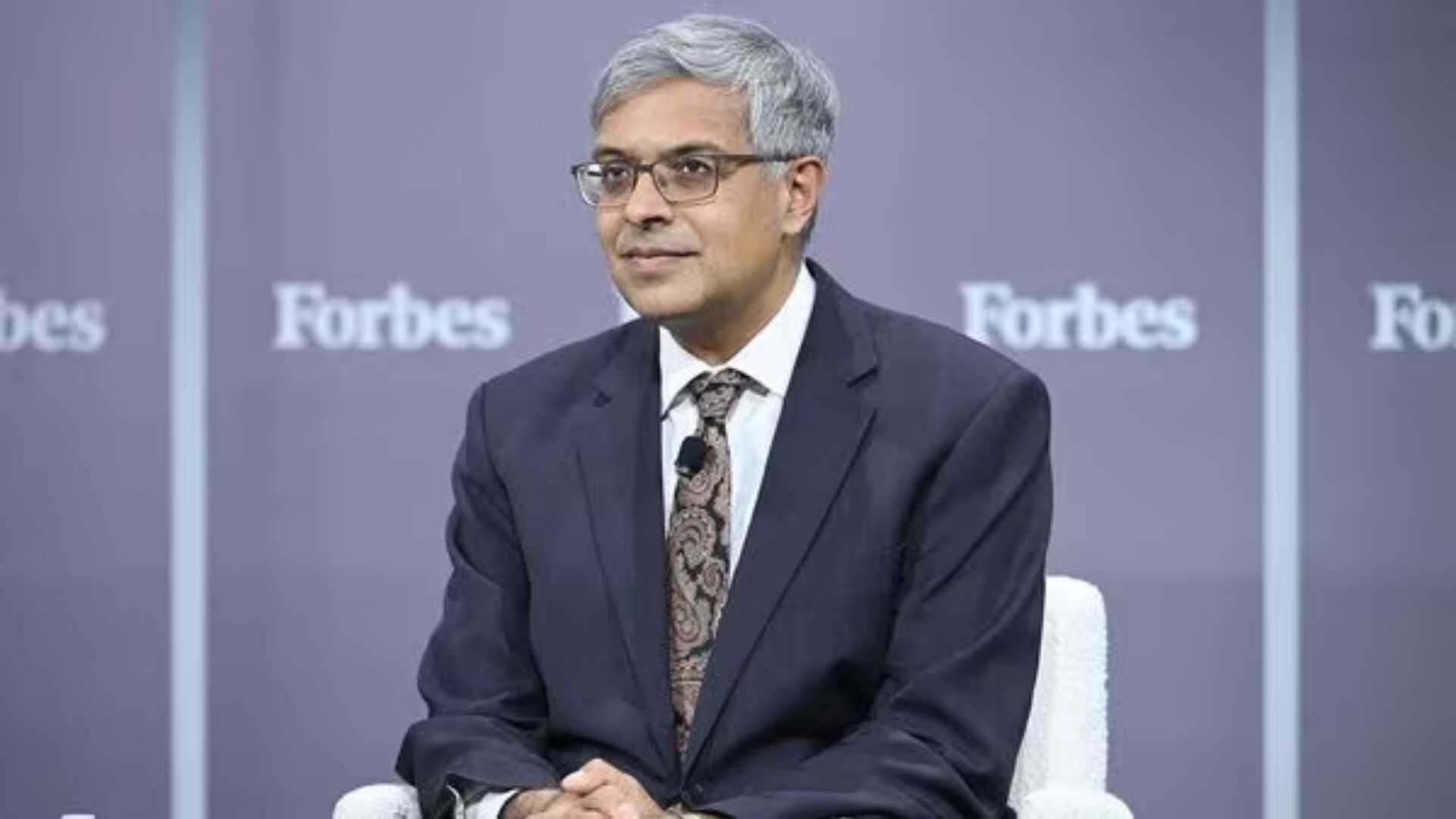
These days 5G and Huawei are in news. Most people ask: Why is it such a big affair? In most conversations about ‘5G’ it seems it is wiser to say ‘Haan Ji’ and let it pass. However, what is happening about Huawei and Chinese electronic surveillance and data theft is insidiously significant. It is part of the multi-domain war which is being waged by China.
The Chinese government uses unconventional levers of influence which are disguised and hidden. Hence, they are often denied, neglected or unappreciated by us. Chinese three-warfare strategy uses innocuous communication devices as surveillance platforms. It tracks and suppresses political opponents while spinning positive coverage and information regarding weak and corrupt governments especially in BRI countries. Of course, the China story is also glorified. Chinese infrastructure, communications and surveillance systems cause over dependence on China, which becomes indispensable and expensive to replace. Chinese communication devices and software are part of a surveillance and intelligence collection system for data manipulation and opinion molding to cause inalienable economic and political dependence.
China has been constantly undermining our sovereignty and surreptitiously affecting our lifestyles. All this affects the freedoms we enjoy. It robs us of privacy systematically. Most of the time we do not even know that we have been made the prisoners of our conditioned choice. If we choose to remain ignorant, we are choosing to be entrapped in a web. Hence it is important for laypersons like you and I, to understand what 5G is about and then take it forward from there. This article is about basics of 5G and issues involved.
5G is the fifth generation of mobile networks. It will be largely wireless. 5G can support up to a million devices per square kilometre, while 4G supports only about 1,000 devices per square kilometre. It is the difference between driving on the Delhi-Mathura Highway and a Chawri bazaar lane. It is based on Millimetric Wave and Fiber optic carriageways of enormous bandwidth. It is all set to disrupt normal and military communication. 5G caters for large data transfers which take place when multiple and complex systems operate. Large data must flow up and down communications channels in real time as and when Internet of Things (IOT) comes into play. Billions of connected devices are required to operate together in the IOT scheme of things. 5G networks will initially operate in conjunction with existing 4G networks. As and when 5G rolls out fully, standalone networks will come into play.

5G is characterized by higher capacity, speed, and latency. Initially 5G might start with frequency bands below 6 GHz (in many cases in the 3.3-3.8 GHz bands). These are similar frequencies to existing 4G mobile and Wi-Fi networks. In due course 5G networks will migrate to the millimetric wave spectrum in the 26- 28 GHz bands and beyond. Millimetric waves have short wavelengths that range from 1to 10 millimeters. A thumb rule — greater the frequency, greater the bandwidth and greater the capacity. Hence the EHF range in which 5G will operate has enormous bandwidths. The additional spectrum and greater capacity will enable more users, more data, and faster connections. Another important advantage of 5G is the increased latency. Latency is the response time for a device to react to another. The response time in 3G networks was around 100 milliseconds. In 4G it is about 30 milliseconds. In 5G it will dip to 1 millisecond. It will be near instantaneous communication which will be especially important in connected applications, especially in defense. The essential difference between 4G and 5G has been tabulated above.
A 5G network will have two layers. The ‘Radio Access Network’ and the ‘Core Network’. The Radio Access Network consists of Small Cells in, towers, masts, light poles in streets and dedicated in-building and home systems. It provides various facilities to connect mobile users and their wireless devices to the main core network. The small cells will be numerous and ubiquitous and will replace all cables. Small cells will be a major feature of 5G networks. It is fundamental to understand that the millimetric wave with its high frequency will have noticeably short connection ranges. To provide a continuous connection, small cells will be distributed in clusters depending on where users require connection which will complement the macro network that provides wide-area coverage.
The ‘Core’ or ‘Macro Cell’ or ‘Backbone’ Network is the mobile exchange and data network that manages all the mobile voice, data, and internet connections. For 5G, the ‘Core Network’ would be initially based on existing 4G Towers or high Capacity Fiber Optic pathways. As millimetric wave frequencies become the norm, the 4G towers will be replaced by MIMO (multiple input, multiple output) antennas. 5G Macro Cells will use MIMO antennas that have multiple elements or connections to send and receive more data simultaneously. These will be integrated with the internet and cloud-based services. Eventually they will be linked to satellite systems for seamless global coverage.
5G enables massive machine to machine communications. That is the fundamental precept of IOT, where devices get connected without human intervention. Hence any 5G network will have sophisticated highend switches and servers. That is where all the frontend semiconductor technology kicks in. This is also where data can be siphoned off from. The exceptionally stable and low latency 5G communications will be of value in time and mission critical requirements. These include control devices, robotics, vehicle to vehicle communications, safety systems, and safer transport networks. They will also come in handy in future where remote medical care, procedures and treatment are all possible. Especially important in remote areas. The normal user gets enhanced mobile broadband. That means significantly faster data speeds and greater capacity. It provides about 100mbps for a mobile user and about 1 Gbps when he is static. New applications will include fixed wireless internet access for homes, outdoor broadcast applications without the need for broadcast vans, and greater connectivity for people on the move. 5G usage will explode with time.
5G will be a huge enabler for smart concepts — cities, schools, homes, and safer vehicles. It will enhance governance, health care and education tremendously. 5G and IOT will enable data handling and analysis by businesses and industry to streamline operations. It will revolutionise industrial processes and applications including agriculture, manufacturing, and business communications. Data driven key business decisions will lead to innovation, pave way for cost savings, better customer experience and long-term growth. 5G communication capacities will boost use of AR/VR and get AI into our homes faster. It will revolutionise our banking and financial systems. However such huge capability of data handling and analysis has its tremendous drawbacks. A 5G without due cyber security and control is sheer suicide. There are health related issues with using millimetre waves and being surrounded and constantly bombarded by Extra High Frequencies. That is a huge unknown which needs clarification.
Communications are the lifeblood of armed forces in the battlefield. From a military perspective, 5G will promote Digitalization of Defence. The multiplicative effect of 5G communications on robotics, cyber war, militarization of space, unmanned systems, surveillance, info, control, and data networks for net centric warfare is immense. In my opinion, 5G has the potential to promote lethality in a multidimensional battlefield where simultaneous and nonlinear application of optimum force to achieve out of proportion outcomes will increasingly be the order of the day — in peace and war times. In my perspective 5G leads to something far more important. It can kick start Civil Military Fusion in India. India was in the Dhritarashtra mode from 1G to 4G. Till recently the government was blind when it entertained Huawei to even put a bid for 5G. I am sure that Galwan has opened our eyes. While keeping China out must be a major part of the India growth story hereafter, serious civil-military fusion through 5G must be the other part of the story.
Huawei and other Trojan Horses are being deployed by China very deliberately into India. It is multi-domain war being unleashed in the slickest and most skillful manner. The designs and plans are ominous. Some more banning of ‘Chinese’ is as good for Indian health as deworming and detoxification is for an infected person. Between China and the Virus, I will take my chances with the latter. As a nation we need to realize that there is no hurry to usher in 5G. When we have not been able to exploit 4G fully why jump into 5G which is still an unknown? This is also the opportunity to weaponise and leverage our market. Let us develop 5G technology indigenously or through a strategic joint governmentto-government collaboration on a mission mode as part of the Aatmanirbhar Bharat Abhiyan. 5G must be a harbinger of an era of civilmilitary fusion if India has to a global power in future.
Finally, this article is all about 5G and civil military fusion on one side versus ignorantly saying ‘Haan Ji’ and letting the ‘Chinese Trojan Horse’ in on the other. India must say ‘Na Ji’ in the true ‘Hindi Chini Bye Bye’ mode. Show me a second opinion on this and I will show you the traitor.
Lt Gen P.R. Shankar was India’s DG Artillery. He is highly decorated and qualified with vast operational experience. He contributed significantly to the modernisation and indigenisation of Artillery. He is now a Professor in the Aerospace Dept of IIT Madras and is involved in applied research for defence technology. His other articles can be read on his blog www. gunnersshot.com.















